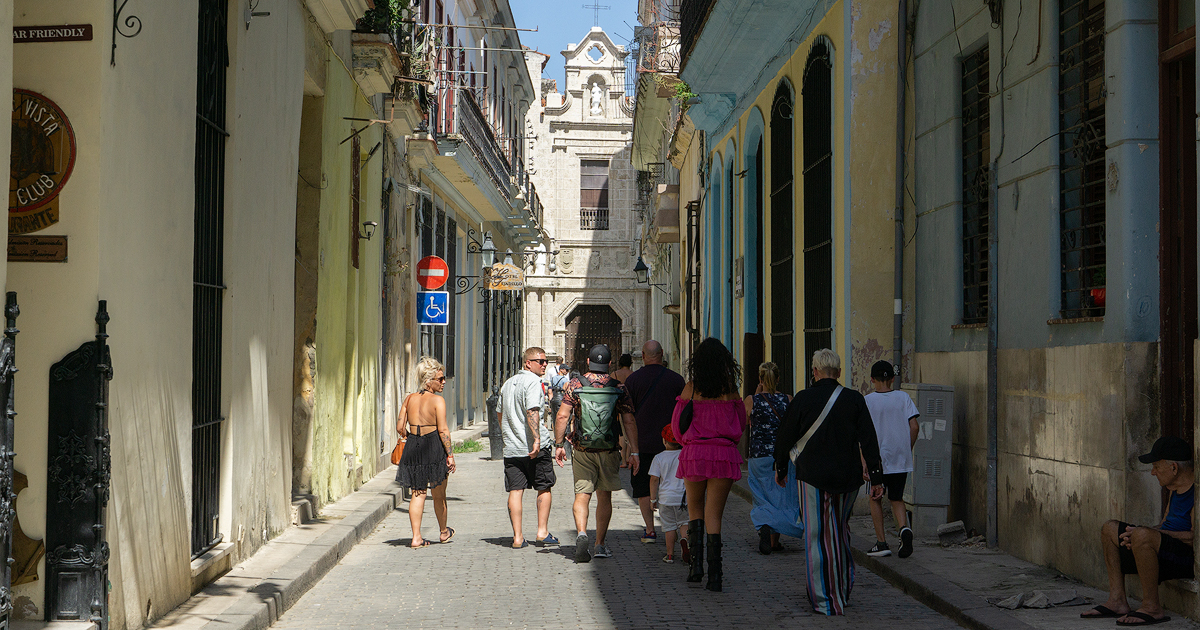
Cuban economist Pedro Monreal has detected false data regarding tourist arrivals in Cuba in the first half of this year. He refers to the 1.8 million visitors that the regime claims, through Cubadebate, arrived on the Island from January to June of this year.
According to Monreal's explanation on the social network X (formerly Twitter), "it is known that the total from January to May was 117,488 visitors, and it is not possible for the total from January to June to be 1.8 million" because "to accumulate 1.8 million visitors from January to June, there would have to be 625,112 visitors in June, but the maximum number of visitors received in a June in recent years was recorded in June 2018 (342,195)."
Cubadebate published this Monday that the Minister of Economy Joaquín Alonso Vázquez reported in the Economy Commission of the National Assembly of People's Power that tourism has grown (presumably in the first half of this year) by 1.8% compared to the same period in 2023. The figures from ONEI, which were echoed by the EFE agency, indicate that Cuba recorded 742,094 foreign visitors from January to June of last year.
The economist also detects irregularities, to put it in some way, in the order of the main tourist source markets for Cuba. According to Cubadebate, they are Canada, Russia, Cubans living abroad, and Germany. However, Pedro Monreal notes that from January to May, the top five sources were Canada, the Cuban community, the U.S., Russia, and England. The official data for June has not been published.
"Perhaps in the data from January to June 2024, Russia could have surpassed the U.S., but it is less likely that it exceeded the Cuban community. It does not seem feasible that Germany has surpassed the U.S., which is not even mentioned in the report," he concludes.
The numbers don't add up, and the seams of the official discourse are showing. The Minister of Tourism of Cuba himself congratulated on April 26 for having reached one million visitors in the first quarter of the year and stated that the goal set for this year is to reach 3 million visitors.
It is a goal slightly lower than the one proposed in 2023, when the aim was to reach 3.5 million, and the year closed with 1.9 million from January to October, falling well behind the 6 million of the Dominican Republic and the 4 million of Cancún (Mexico).
Last year, the regime once again invested more in tourism development in Cuba than in Health and Education infrastructure, despite the government's discourse trying to suggest otherwise. On that occasion, it was the economist Pedro Monreal who exposed the reality to the PCC, consulting official data from the ONEI.
"The statistics confirm the persistence of a very distorted investment structure in Cuba where one third is concentrated in activities mainly related to tourism," Monreal said at that time.
What do you think?
COMMENTFiled under: